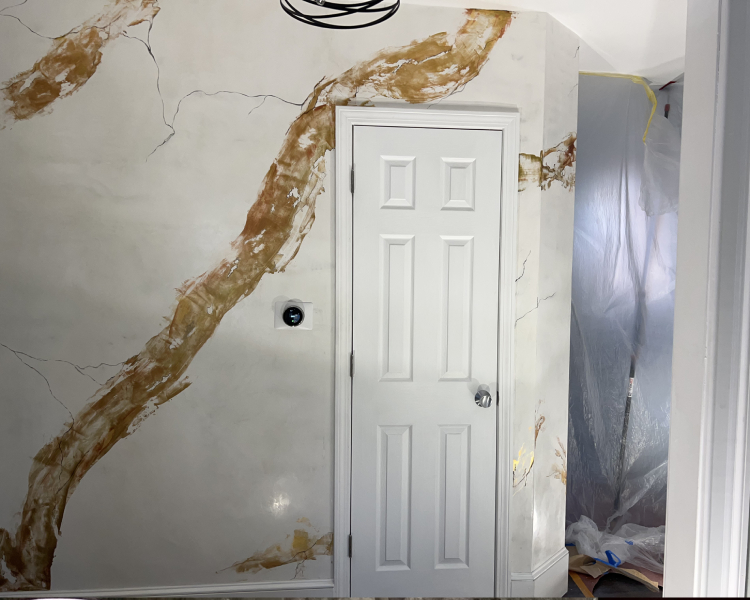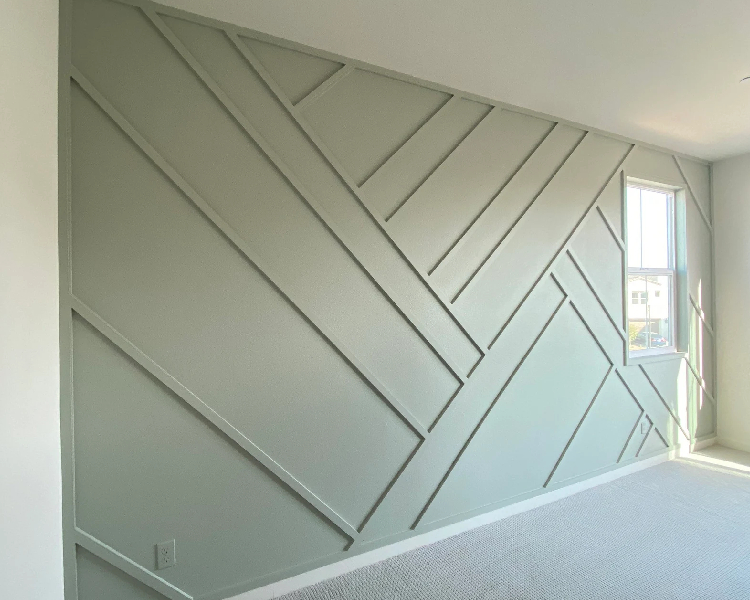
Why you should paint your house, what kind of paint is best for exterior painting?
When giving a new face to the house, painting is always an excellent idea. After all, it is quickly possible to modify an environment in a very impactful way, creating a totally different feeling for the room.
Colors bring new life to the house! But to achieve this, it is essential to understand the difference between acrylic and latex paint to correctly choose the tone of each environment.
In this way, knowing the indications for acrylic and latex paint is super important, because this way you guarantee the choice of the right material for the environment you are going to paint and also for the result you want.
Paint stores offer a multitude of types of paint for every area of the home. How about knowing the options for the outdoor area and knowing what each of them has to offer?
Acrylic paint
Similar to latex paint, this paint is waterbase, is suitable for exterior painting — as it has high impermeability — and can be found in three finishes:
satin
This is a feat that offers a sophisticated look as it has a bit of shine. It is possible to wash the walls, but there is a downside to this option: the wall defects will be highlighted.
semi-gloss
Also resistant to cleaning, this option of acrylic paint gives the environment a “thin” and elegant effect. In this finish, the imperfections of the wall are also highlighted.
matte
This alternative is not so resistant to cleaning, but it has a quality that the others don't have: it disguises the small imperfections of the wall.
Latex paint
This is the most suitable for outdoor environments, as it is resistant to the effect of time, does not fade or peel, in addition to preventing mold on the walls. The material is able to cover defects on the surface - such as cracks - because it is rubberized and follows the movement of the body.
Choose colors that match the style of the house.
There are many doubts when choosing colors for the renovation of your home's look, but it's good to know that some colors are not so suitable for body and external trim — such as light beige and ice, as they point to the dirt more easily.
Orange and copper tones can be a good choice. What you can't help but take into account is your taste.
A factor that should also be considered when deciding which is the ideal color for the external environment is choosing the one that “talks” the most to the smallest details on your land. Notice what's around you! Are there unpainted brick walls or wood accents? Everything must decorate.
If you are confused when choosing, take a walk around the neighborhood and see which colors you like best. Don't forget to pick up the color chart at the building supply store, as it often features color combinations that can help when choosing!


